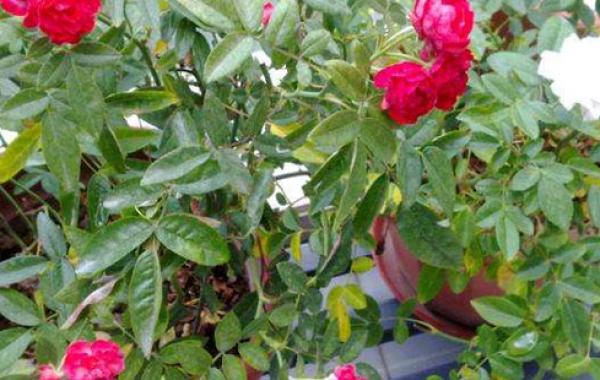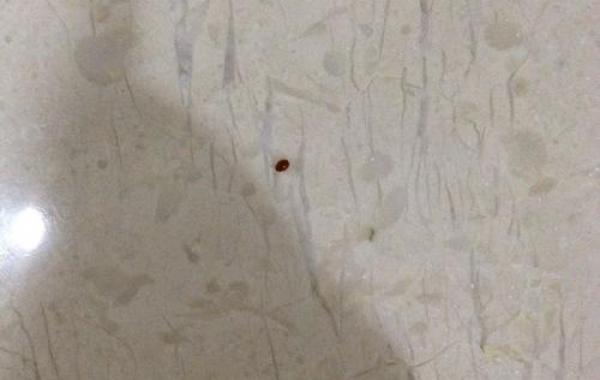What are the flowers suitable for summer planting?

What are the flowers suitable for summer planting?
Flower growers should know that most flowers and plants are good friends of human health. For example, aloe, hanging orchid, etc., are natural "scavengers", which can remove harmful substances in the air; chrysanthemum, kumquat and rose can effectively remove sulfur dioxide; volatile oils produced by roses, violets, jasmine and other aromatic flowers have significant bactericidal effects; Parthenocissus, grapes and other plants climb along the wall or shelf to form a green Arbor, which can effectively reduce sunlight radiation. And cypress, conifer are very good "noise absorbers", put them in the room window or balcony, can effectively reduce noise. So, what are the flowers suitable for summer planting?
Flowers suitable for summer planting
1. Plants that purify the air: hanging orchids, Dai powder leaves, etc., have a strong absorption capacity for indoor residual formaldehyde, chlorine and benzene compounds after decoration; aloe and chrysanthemums can reduce benzene pollution in the room; daisies and evergreen can effectively eliminate the pollution of trifluoroethylene; rose and rose can absorb harmful gases such as hydrogen sulfide, benzene, phenol and ether. The foliage plants with large leaves, such as tiger-tail orchid and one-leaf orchid, can absorb more than 80% of the harmful gases and purify the air. Aloe, hanging orchid, tiger tail orchid and one-leaf orchid are natural scavengers who can remove harmful substances from the air. In addition, plants with air purification effects include: kidney fern, Guanzhong, rose, rose, crape myrtle, clove, magnolia, sweet-scented osmanthus, golden green apple, aloe, duckweed, ear fern, cactus, tiger skin orchid, tiger tail orchid, tequila, pineapple, cactus, arrow lotus, epiphyllum, gemstone flower, Rhodiola, purple flower, ivy, iron tree, chrysanthemum, red stork, pomegranate flower, Milan, dragon blood tree, Baizhi flower
two。 Aloe, Sedum, etc., can not only absorb carbon dioxide and release oxygen at night, but also increase the concentration of negative ions in indoor air.
3. Aromatic plants: the fragrance of plants has antibacterial ingredients, can remove bacteria and viruses from the air, and has health functions, such as cactus, asparagus, ivy, begonia, and the smell of cactus, asparagus, ivy and begonia. At the same time, plant aroma can also regulate people's nervous system, such as cloves, jasmine can relax people, conducive to sleep; roses, violets can make people happy, have the desire to work hard Night incense, perilla, mosquito repellent and other odors have the effect of repelling mosquitoes and flies. But the fragrance should not be too strong, otherwise it will cause side effects, such as cloves that smell for a long time will cause boredom and asthma and affect memory; night-time exhaust gas from night incense will make patients with high blood pressure and heart disease feel depressed; tulips contain toxic alkaloids, which will make you dizzy if you touch them continuously for more than two hours; mimosa will cause hair loss due to frequent contact.
4. Three-dimensional green living room plants: plant climbing plants such as Parthenocissus, grapes, morning glory, wisteria and roses around the home and let them climb along the wall or along the shelf to form a green Arbor, which can effectively reduce sunlight radiation and greatly reduce indoor temperature.
5. Anti-radiation ornamental plants: some ornamental plants can absorb electromagnetic radiation. Putting these plants in the home or office can effectively reduce the electromagnetic radiation pollution caused by all kinds of electrical and electronic products. These plants include: cactus, gem flower, Sedum and other succulent plants.
6. Some plants have special aroma or smell, which are harmless to people, while mosquitoes, cockroaches, flies and other pests will avoid them when they smell them. Some of these special aromas or odors can inhibit or kill bacteria and viruses. These plants include: evening jade, wild chrysanthemum, purple jasmine, lemon, crape myrtle, jasmine, orchid, clove, Atractylodes, cornflower, dandelion, mint and so on.
Flowers and plants are precious resources given to human beings by nature. Although some of them may be "roses with thorns", as long as you have mastered the knowledge of identifying poisonous flowers and plants and mastered the functional characteristics of common flowers and plants, you will certainly be able to "use them" and become friends with them day and night.
Goldfish grass-African chrysanthemum-Cuiju courtyard potted plant-white chrysanthemum (pure white)-Persian chrysanthemum (mixed color)-morning glory (dwarf)-marigold (unhaired)-big head cockscomb (bright red)-Xiaoli-zinnia (large flower double)-black heart chrysanthemum-a string of red (short)-four seasons begonia- Tricolor pansy (mixed color)-(dwarf) peacock grass-thousand-day red-dwarf cocktail cocktail (yellow-red)-colorful pepper-Jiqing fruit-petunia-Huoxiang thistle-- chrysanthemum-medal chrysanthemum-goldfish grass (pure red) Dwarf) Yu beauty-tricolor pansy (brother, blue).-- Guaye Chrysanthemum-- Chrysanthemum-Impatiens-- Hershey Pepper-- Chaotian Pepper (Red)-- Erigeron-Hollyhock-Rose-- Dahlia
Related
- What if the leaves of potted flowers turn yellow?
- Florescence Control of several Flowers
- Anti-freezing technology and post-freezing nursing technology of flowers
- What is the classification of flowers? What are the common methods of flower classification?
- Prevention and control of alkali and acid damage of flowers in courtyard
- Technology of Anti-freezing and restoring growth of Flower seedlings in greenhouse and greenhouse
- How does flower fertilization not hurt the root? Fertilization technology of flowers
- Key points of disinfection in flower greenhouse
- Several pesticides that are banned or used cautiously in flowers
- How to fertilize the flowers that watch the leaves?



